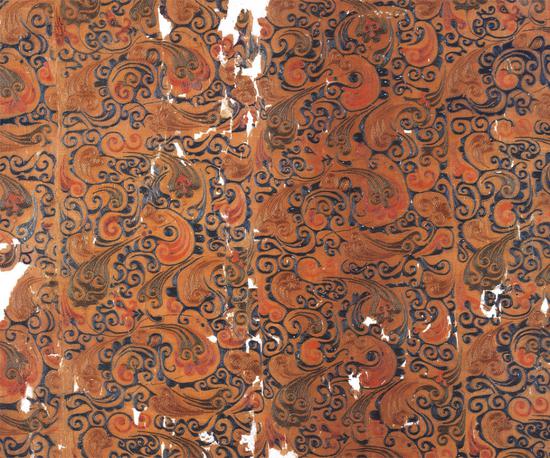

New embroidery patterns have been identified during recent research on the silk fabrics unearthed from a 2,100-year-old tomb, notable for being the final resting place of a perfectly preserved female corpse, the provincial museum of Hunan in Central China has said.
Mawangdui, a small hill in the eastern suburbs of Changsha, capital of Hunan, is home to the grand tombs of the Marquis of Dai during the Han Dynasty (202 BC-220 AD), as well as his wife and son.
The latest research included over 19,000 pieces of fabric and 1,700 lacquers and wood artifacts that had been previously stored as data cultural relics.
"Exquisite Chinese characters were identified for the first time on the silk, which embodied the high textile weaving skills of the early Han Dynasty," said Yu Yanjiao, a researcher.
Phoenix bird designs have also been identified in the embroidery of longevity patterns, which used to include only dragons.
The Mawangdui site grabbed international attention when researchers found a female corpse that showed no signs of decay when her coffin was opened in the 1970s.